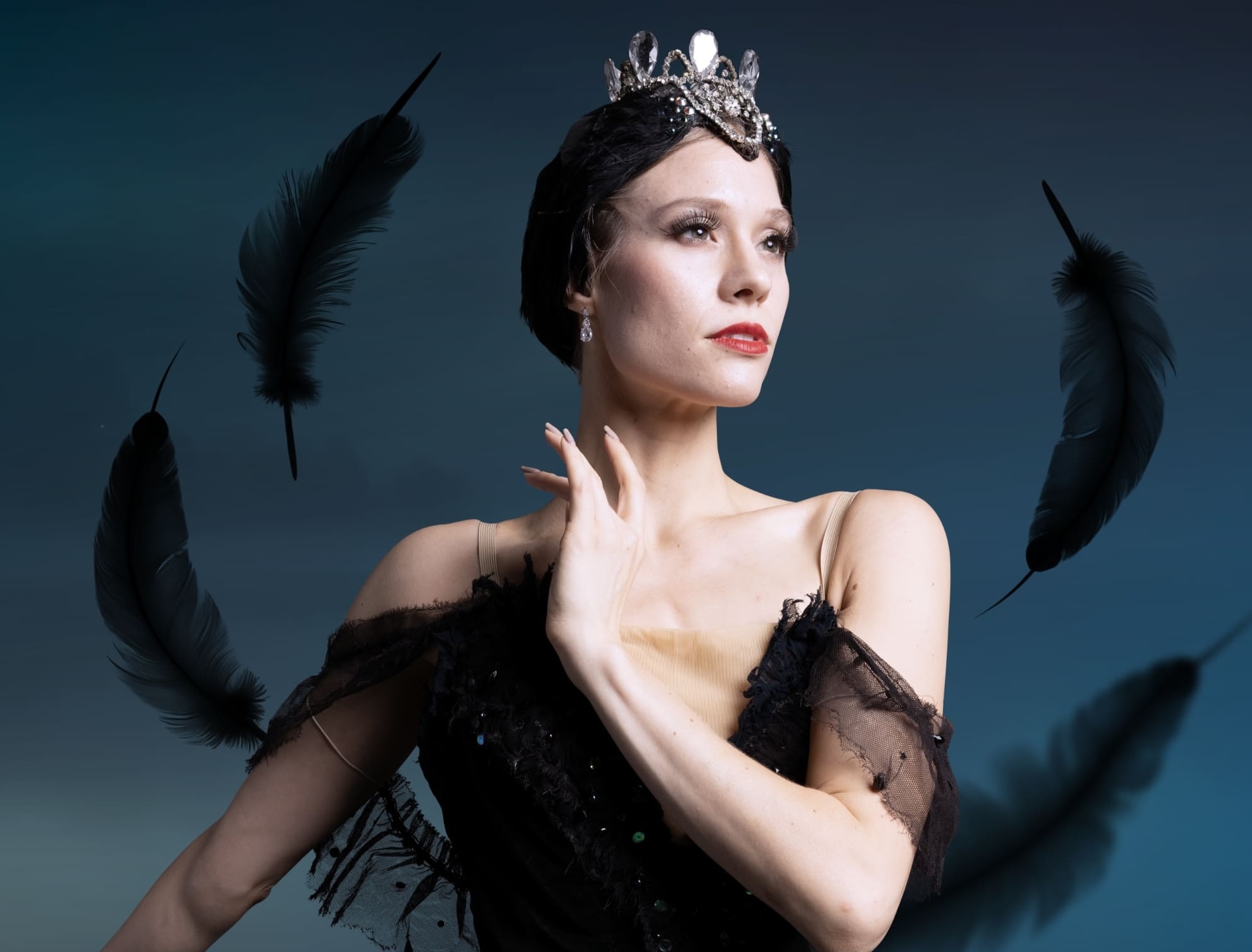
Want to know more about the ballet? Here’s everything you need to know prior to attending a performance.
There is no specific dress code enforced at Texas Ballet Theater. Some patrons attend in jeans while others wear tuxedos and ball gowns. Generally, opening night performances are more formal and matinees are more casual. Theaters can also be cold, so a wrap or light jacket can keep you comfortable no matter what the weather is like outside.


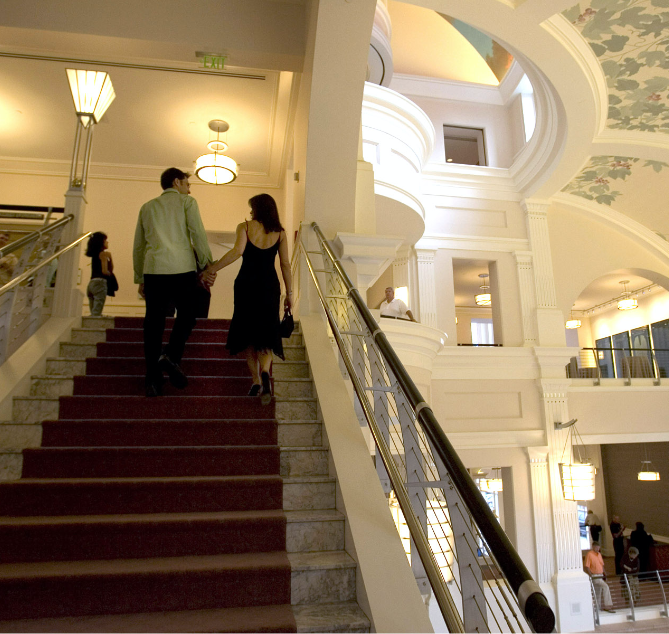

Check the time of your show and be sure to leave yourself plenty of time so that traffic, weather or parking don’t delay you. If you arrive after the show begins, you will not be seated until an appropriate break in the performance, which may be intermission. For more tips on how to enrich your experience, visit our venue page.
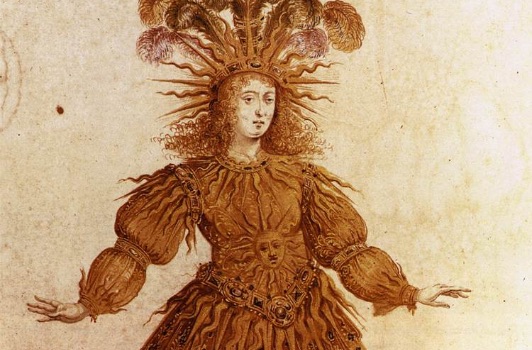
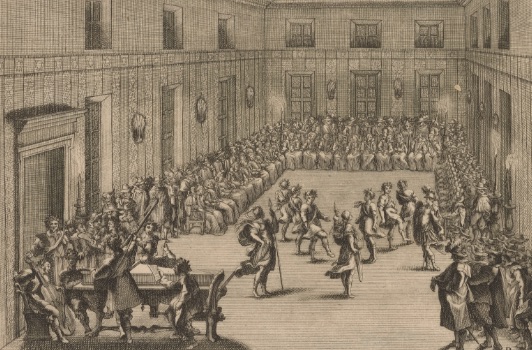
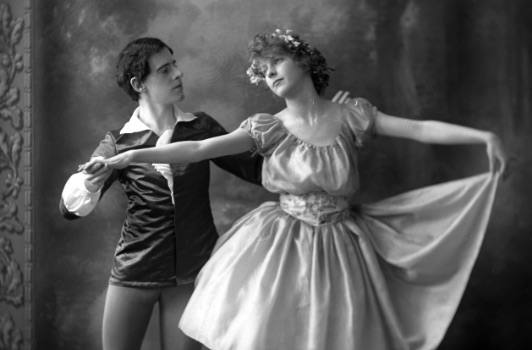
The evolution of ballet spans a millennium. And while the movements are French, its origins are Italian. Ballet began as an elaborate form of entertainment for the Italian nobility, reaching its pinnacle in France during the reign of Louis XIV.
Much like today, the earliest ballets used dance to tell a story, recreating events from mythology through music and movement to inspire an entire art form.
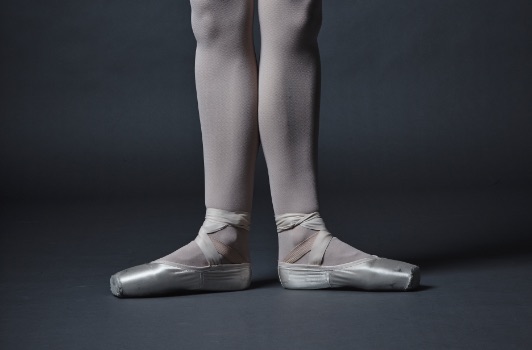
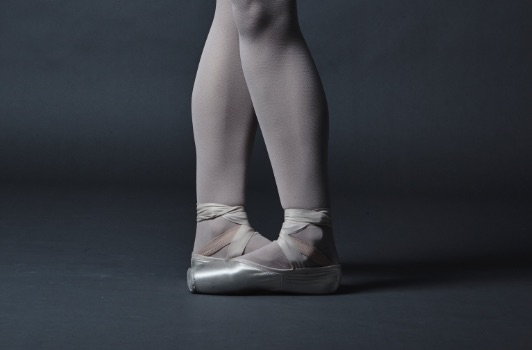
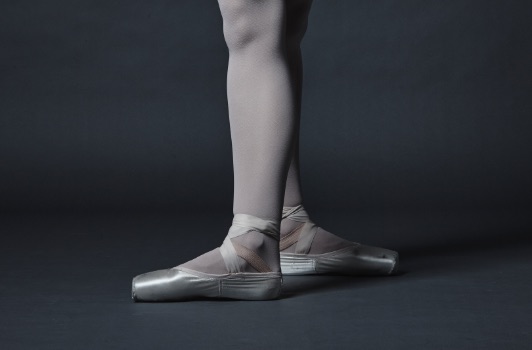
Ballet was first organized as a system of movement by Louis XIV’s personal ballet master in 17th-century French courts. Over time, the French names for ballet poses and positions became universal. Today, dancers can take a class anywhere in the world and easily follow along even if they don’t speak French.

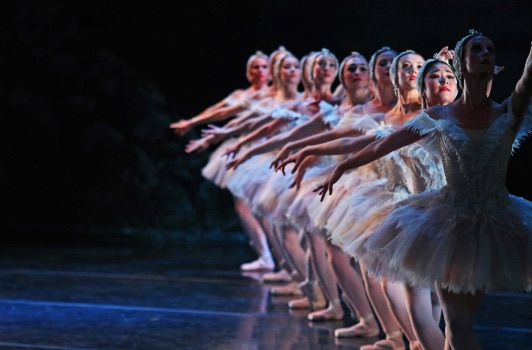
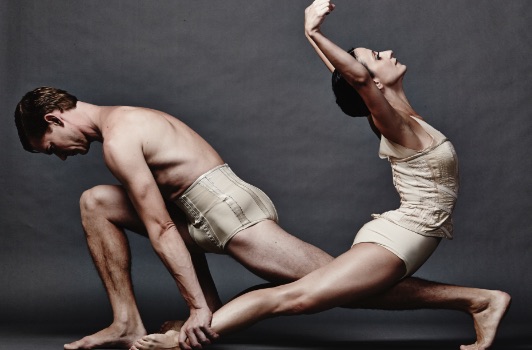
Ballet, like any art form, has changed over time. Different regions, companies, and choreographers have all brought their own influences to the ballet world. Below are some of the most prevalent ballet styles.
A traditional style of ballet that emphasizes artistry through technique. Established and refined over centuries, classical ballets usually include precise pointe work and are set to the beautiful sounds of an orchestral score.
A recent style of ballet that tends to push the boundaries of dance and art and challenge classical ballet’s strict positions, norms, and rules. Contemporary ballet is often emotionally and visually evocative or may bring abstract ideas to life on stage.
There are between 30-40 dancers in our company. Young dancers usually begin training at a school like our own Texas Ballet Theater School (TBTS), then audition for ballet companies as they reach the professional level. These young dancers typically enter the company as trainees, moving to apprenticeship, the Corps de Ballet, and onward through the ranks as company dancers.